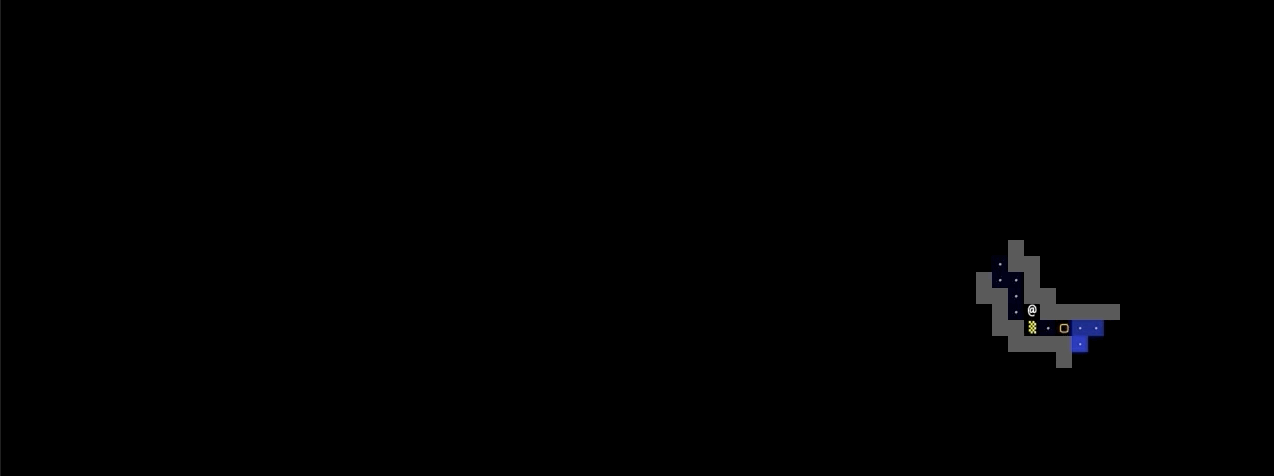BYOW - Build Your Own World
A 2D tile-based world exploration engine developed from ideation to presentation.
Overview
The BYOW project was part of a large design assignment for CS 61B. The goal of this project was to create an engine for generating explorable 2D tile-based worlds. This project involved working through every stage of development, from ideation to presentation, and emulated a product development cycle. The experience was designed to teach how to handle a larger piece of code with minimal starter code, much like a real-world software engineering project.
Project Presentation During Covid: Link
Project Requirements
Team Formation:
The project required collaboration with one partner, reinforcing the importance of teamwork and communication in software development.
World Generation (3A):
The first phase focused on creating a world generator capable of producing random, valid 2D tile-based worlds. The worlds included distinct rooms and hallways with random dimensions and locations, ensuring each generated world was unique and explorable.
Interactivity (3B):
The second phase added user interactivity, allowing control of an avatar to explore the world. The interface included a Heads-Up Display (HUD) showing information about the tiles under the mouse pointer, and the system supported saving and loading the world state.
Ambition & Demos (3C):
The final phase encouraged creativity with additional features like dynamic lighting, entities with AI behaviors, and advanced UI elements. The project was evaluated based on ambition, with features like line-of-sight rendering, light sources, and interactive encounters.
Implementation
Random World Generation:
- Created a world consisting of a 2D grid of tiles.
- Included distinct rooms and hallways, ensuring they were connected and reachable.
- Ensured hallways had turns and rooms were placed randomly without clipping off the edge of the world.
User Interaction:
- Implemented control of an avatar using the W, A, S, and D keys.
- Added the ability for the avatar to interact with the world.
- Created a HUD displaying tile information under the mouse pointer.
Saving and Loading:
- Enabled saving the world state with the “:Q” command and loading it with the “L” command.
- Ensured the system was deterministic, producing the same world for the same seed and input sequence.
Ambition Features
Dynamic Lighting:
Added light sources that could be toggled on and off, with light intensity diminishing with distance and not passing through walls.

Conclusion
The BYOW project was an extensive and open-ended assignment that offered valuable insights into software engineering principles, project management, and creative problem-solving. By handling a larger piece of code with minimal starter material, I developed a robust understanding of developing complex systems and iterating on designs to achieve desired outcomes.